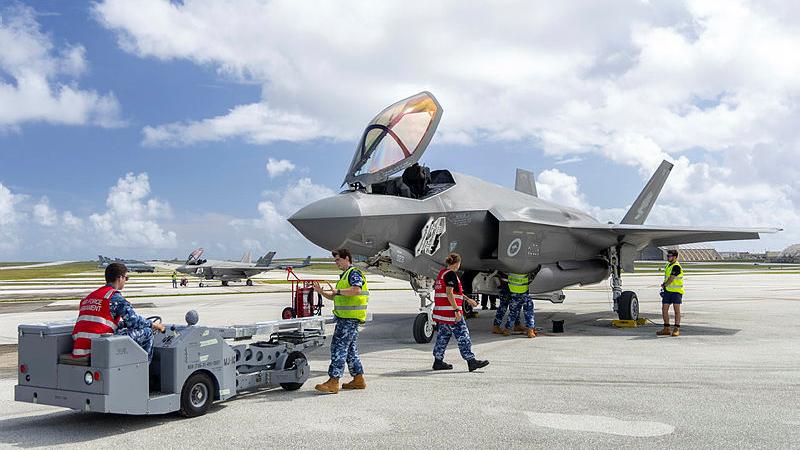Each year, national science agency CSIRO, and the Australian Energy Market Operator (AEMO), work with a range of industry stakeholders to give an updated cost estimate for large-scale electricity generation in Australia.
The latest 2021-22 report confirmed past years’ findings that solar and wind are cheapest, even when considering their additional integration costs such as storage and transmission.
These additional integration costs arise due to the variable nature of renewable output which can be influenced by factors including weather, along with their wider distribution compared to fossil fuel generation.
Modelling released today confirms that integration costs remain low, even despite global COVID-19-related manufacturing shortages. However, forward projections for 2022-23 assume that cost reductions for all technologies will stall for 12 months because tight global supply chains will require more time to recover from the pandemic.
The 2021-22 report also includes an update on costs of hydrogen electrolysers which could be an important pathway for producing low emission hydrogen.
Hydrogen electrolysers were included for the first time in the previous year’s report and updated costs in the current report have fallen considerably, which is in line with 2020-21 projections.
CSIRO Chief Energy Economist Paul Graham said: “The energy sector is rapidly changing so we need updates like this report to ensure that our planning is based on the most up-to-date cost estimates.”
“It’s also crucial that stakeholders have an opportunity to scrutinise the changes to ensure they are consistent with direct industry experience.”
The updated analyses also find that:
- Both onshore and offshore wind costs have fallen faster than expected. Onshore wind cost changes reflect Australian projects. Offshore wind is yet to be developed in Australia however, cost reductions achieved overseas mean that Australian projects are expected to be lower cost than previously expected.
- Cost reductions for technologies not currently being widely deployed, such as carbon capture and storage (CCS), nuclear small modular reactors, solar thermal and ocean energy are lagging and would require stronger global and domestic investment to realise their full potential.
AEMO Group Manager of Forecasting Nicola Falcon said: “The CSIRO’s process to regularly monitor, consult on and update generation technology cost trajectories is incredibly valuable as we plan for an accelerated transformation of the NEM.
“Offshore wind, for example, has great potential due to resource quality, but economics are not yet proven in Australia. If technology costs continue to track down, as foreshadowed in this year’s GenCost, then this technology could play a greater role in future Integrated System Plans.
“GenCost assists us, and industry stakeholders, to achieve the vision for a reliable, low cost, net zero emissions electricity system,” she said.
Other updates to the report include revised scenario names to better align with direction of international climate policy development, and the inclusion of guiding principles for selecting which technologies will be included in GenCost.
The final version of the GenCost report will be delivered mid-2022.
Available for download:








